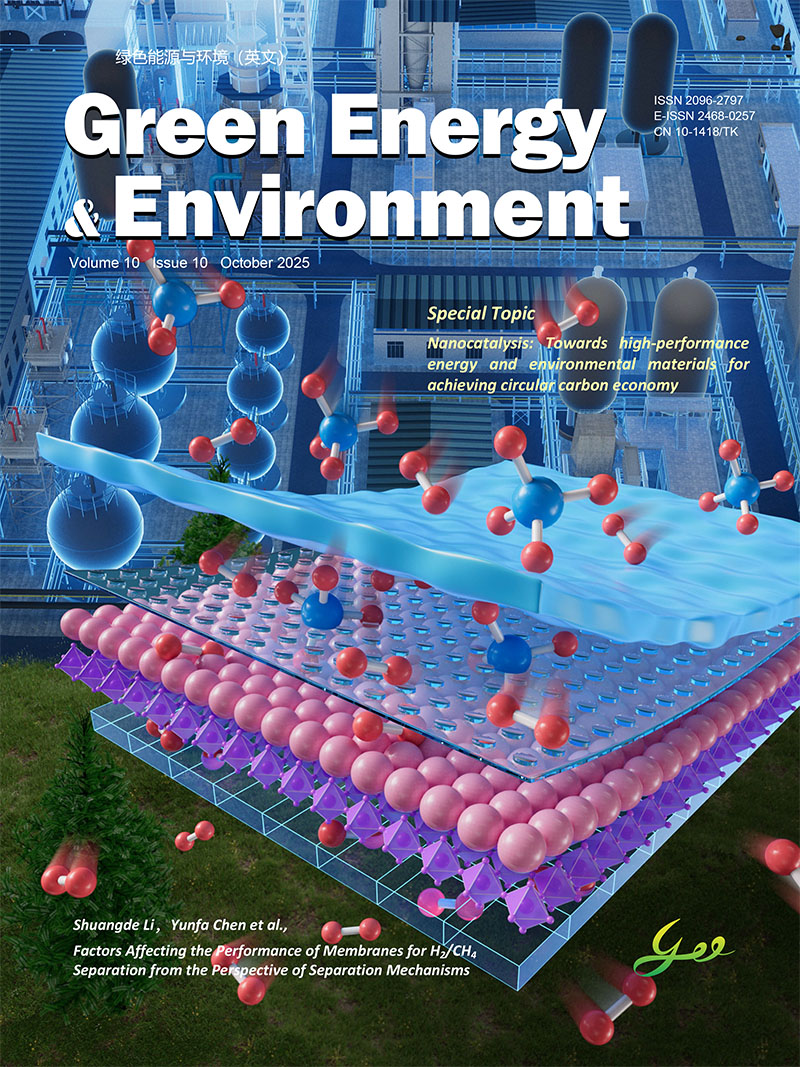2017 Vol. 2, No. 1
Display Method:
2017, 2(1): 1-2.
doi: 10.1016/j.gee.2017.01.009
Abstract:
2017, 2(1): 3-4.
doi: 10.1016/j.gee.2016.11.008
Abstract:
2017, 2(1): 5-17.
doi: 10.1016/j.gee.2016.11.001
Abstract:
2017, 2(1): 18-22.
doi: 10.1016/j.gee.2016.11.005
Abstract:
2017, 2(1): 23-29.
doi: 10.1016/j.gee.2016.11.002
Abstract:
2017, 2(1): 30-41.
doi: 10.1016/j.gee.2016.11.011
Abstract:
2017, 2(1): 42-50.
doi: 10.1016/j.gee.2016.11.010
Abstract:
2017, 2(1): 58-63.
doi: 10.1016/j.gee.2016.12.005
Abstract:








 京公网安备 11010802039050号
京公网安备 11010802039050号